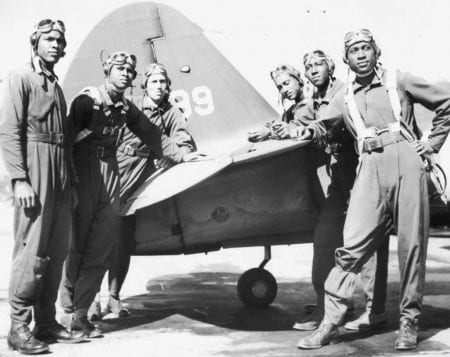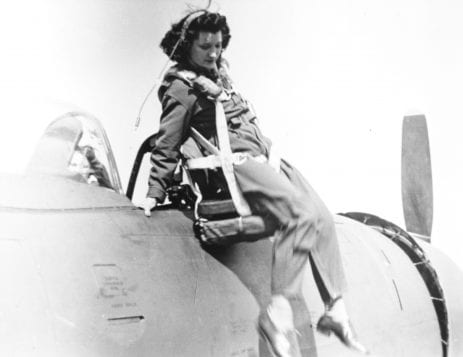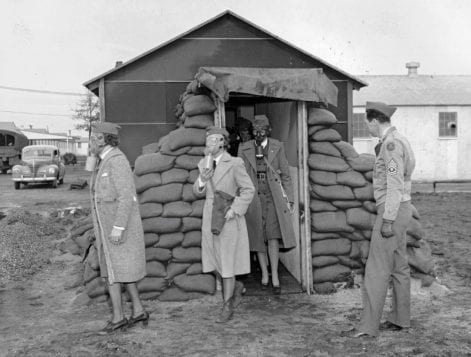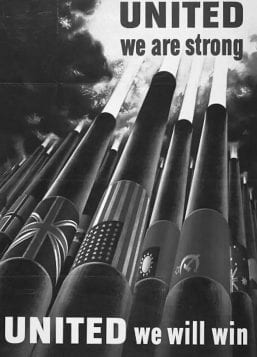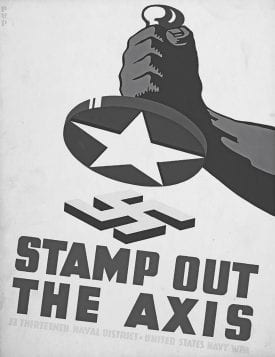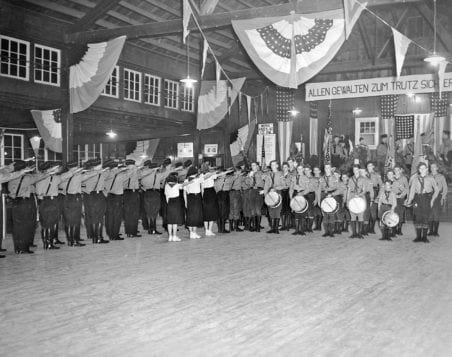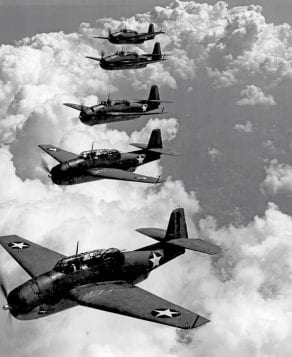Reviewed by Jeffrey Sanzel
In his new book, World War II Long Island: The Homefront in Nassau and Suffolk (The History Press), author Christopher Verga presents a detailed but succinct look at the titular era. He has written a powerful and informative tome that represents the community in all its strengths and flaws. Wisely, he brings a keen twenty-first-century eye to address social inequality issues, giving the book a deep resonance. He demands that the reader reflects on what has and has not changed in the past eighty years.

The book opens with pre-World War II Long Island. Unlike many works that create a picture of idyllic and often pastoral life, he shows the attitude towards the outside world:
“Similar to other small agricultural areas of the time, both counties had an isolationist mentality toward New York City, immigration, and foreign affairs …” He explains this as reflexive to the losses in World War I as well as the Spanish Flu pandemic.
In this time, Long Island faced a recession and a labor glut. There was also an influx of Italian, Jewish, Eastern European immigrants, and myriad African-Americans fleeing the south, all looking for jobs. This increase in the non-native population created unrest and the rise of the Ku Klux Klan’s membership and power. Add to this the stock market crash of 1929 and the hurricane of 1938 (which did major property damage and destruction to the oyster beds). The result was a depressed and divided Long Island.
While the prologue offers a bleak introduction, the book proceeds to show the major transitions that allowed Long Island to flourish during World War II and beyond.
One of the uniting forces was the enemy from without. The potential for economic growth via wartime manufacturing enhanced the outlook. “Within a few short years, aircraft manufacturers had an exclusive customer with a blank check: the government.” Of course, the boon came with many problems, including poor background checks and security clearances. He shows the frightening ease of military infiltration by German and German-American spies: two major German spy rings infiltrated the system.
He also gives one of the clearest explanations of the rise of the German-American Bund. Verga has unearthed exceptional photos of Camp Siegfried, with its Nazi banners and crowds of Nazi sympathizers, dressed in their para-military uniforms. Again, contemporary events live in the shadow of this organization’s white supremacist mentality and the KKK.
 Much of the book covers the shift that came with the bombing of Pearl Harbor on December 7, 1941. The attack spurred civilian involvement along with unification behind the war effort. He documents the early failures and gradual shift to competency in air raid drills across the Island. This example also emphasizes the growing cooperation between the military and non-military populations.
Much of the book covers the shift that came with the bombing of Pearl Harbor on December 7, 1941. The attack spurred civilian involvement along with unification behind the war effort. He documents the early failures and gradual shift to competency in air raid drills across the Island. This example also emphasizes the growing cooperation between the military and non-military populations.
The war provided many small-town young men with an opportunity to embark on what they saw as an adventure. Leaving their lives of fishing, farming, and small-scale shops, they volunteered for service. And while there was the chance for new opportunities, most were fulfilling what they saw as their patriotic duty. The author has multiple accounts of families where all of the sons went off to war, and many did not return.
Amazingly, Verga covers an impressive quantity of material in this slim volume. There are anecdotes of famous generals along with first-hand accounts of soldiers who came from Long Island. He deals with anti-Italian biases before and throughout the war and writes of training in high schools and beyond. He includes the draft board scandals. He focuses not just on the manufacturing success but also the factories’ dangers to the workforce. The various military bases are explained in their use during the war and after. In his dissection of rationing and war bonds, he doesn’t just emphasize the nationalistic view but also discusses people circumventing the rules and the illegal gas stamp rings.
A unique section focuses on the contrast of German POWs’ humane treatment in the States instead of American POWs’ brutal, destructive treatment in Germany. He also shares the local backlash with the German’s use as the labor force on farms and other businesses.
The author shows women in the workforce and the rise of the WAC (Women’s Army Corp) and its offshoots. He explains the stigma and false accusations surrounding women in service, an important point rarely taken up in the war’s history. He also chronicles women losing their place at the end of the war.
Racial injustice receives the boldest accusations. From the segregated military units to the refusal to sell housing to Black veterans, Verga gives numerous examples of Long Island’s divide. Again, his use of history mirrors many current challenges.
In each chapter, Verga provides the larger national picture juxtaposed with events and facts specific to Long Island. His research is meticulous, with a complete command of dates and specific and enlightening statistics. There is a wealth of photos and documents that enhance the text. But he never loses sight of the humanity of the story he is relating. He consistently paints a portrait of men and women in action: a time of fear but of great patriotism.
Verga presents a balanced picture of a complicated era. He suggests that negative actions were the exception, and most of Long Island reflected the overall country doing its civic duty.
Christopher Verga’s World War II Long Island is a rich, textured, and honest account. The book reports on a complex time with great depth, sensitivity, and originality. It makes for a rewarding read for both students of history and any inquiring mind.
Author Christopher Verga is an instructor of Long Island history and on the foundations of American history at Suffolk Community College, as well as a contributor to the online local news sites Greater Babylon, Greater Bay Shore and Greater Patchogue. His published works include Images of America: Civil Rights Movement on Long Island, Images of America: Bay Shore and Saving Fire Island from Robert Moses. Verga has his educational doctorate from St John’s University. His dissertation work included Long Island Native Americans and the impact of tribal recognition within their cultural identity.
World War II Long Island is available at Book Revue in Huntington (www.bookrevue.com), at Barnes and Noble bookstores and on Amazon.

